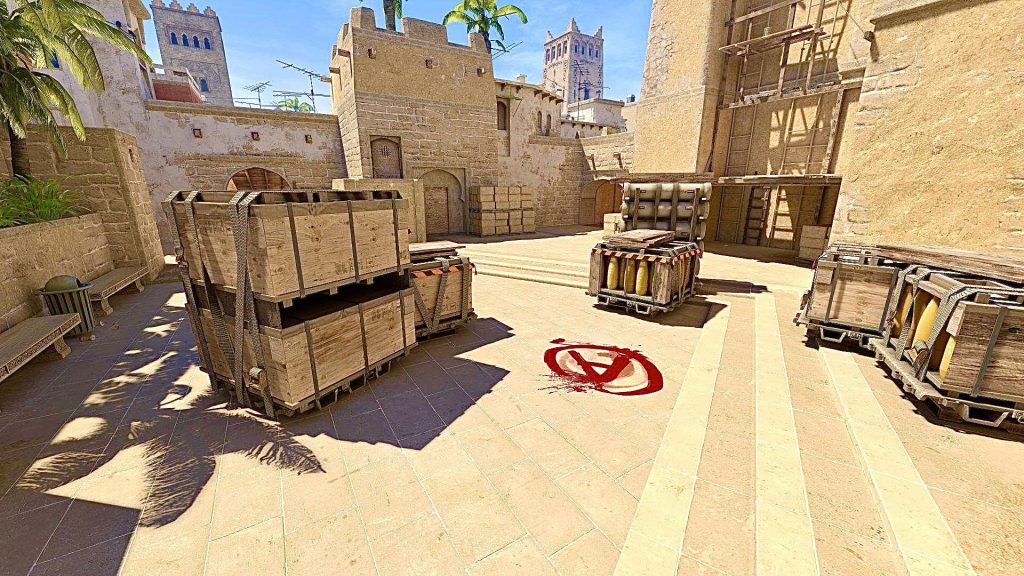Crafting winning strategies in competitive environments often hinges on the effective intersection of team communication and map mastery. Both elements are crucial for success, yet they operate in distinct ways that, when combined seamlessly, can significantly enhance a team’s performance. Effective team communication serves as the backbone of any successful strategy. It ensures that all team members are on the same page and working towards common objectives. Clear, concise communication helps in avoiding misunderstandings and misalignments, which can otherwise lead to disjointed efforts and strategic failures. In high-stakes environments, where split-second decisions can make the difference between victory and defeat, communication must be both rapid and precise. It involves not only articulating strategies and instructions but also actively listening to and interpreting the inputs and feedback from team members. On the other hand, map mastery involves a thorough understanding of the terrain or environment in which the competition takes place.

This mastery is not just about knowing the layout but also about understanding how to leverage the map to one’s advantage in cs2 ranks. It includes knowledge of key locations, potential choke points, and optimal routes. Mastery of the map allows a team to anticipate opponents’ movements, plan effective strategies, and execute maneuvers that exploit the environment. This spatial awareness is crucial for positioning, timing, and resource management. When these two elements intersect, they create a dynamic synergy that can dramatically elevate a team’s strategic capabilities. For example, if a team has mastered the map but lacks communication, they might find themselves executing well-planned maneuvers in isolation, with each member working towards different goals. Conversely, a team with excellent communication but poor map knowledge may find themselves coordinating effectively but lacking the spatial strategy needed to capitalize on their plans. A successful strategy requires a balance between these two components.
Moreover, the integration of communication and map mastery involves continuous feedback and adaptation. As the game or competition progresses, teams must communicate any changes in the map or shifts in the opponent’s strategy. This real-time exchange of information allows for rapid adjustments, ensuring that the team’s strategy remains effective despite any unforeseen developments. In essence, crafting winning strategies is about harnessing the strengths of both communication and map mastery. When a team effectively combines these elements, they can develop and execute strategies that are both well-informed and well-coordinated. This not only increases their chances of success but also enhances their ability to adapt and respond to the evolving dynamics of the competition. The intersection of these two factors creates a powerful framework for strategic excellence, demonstrating that mastery in one area alone is not enough; the true advantage comes from integrating and leveraging both communication and map knowledge to their fullest potential.

